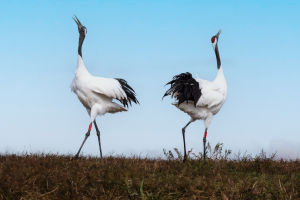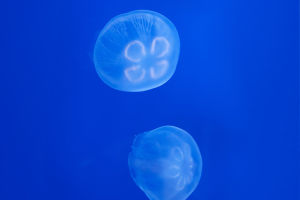Sea snails are a diverse group of marine gastropod mollusks that inhabit both shallow and deep waters. Found in every ocean of the world, these creatures showcase a wide variety of shapes, sizes, and colors.
Dear Lykkers, known for their exquisite shells, sea snails have been a source of fascination and utility, often used for decoration and jewelry.
Characteristics and Classification
Unique Features
Sea snails are characterized by their single, spiral-shaped shell and a muscular foot used for movement and attachment to surfaces. With over 40,000 known species of gastropods, sea snails make up a significant portion of this family. They range in size from tiny, millimeter-long snails to large, foot-long specimens.
Family Connection
Sea snails belong to the larger gastropod family, which also includes land snails and freshwater snails. Their diverse habitats and feeding behaviors contribute to their unique role in marine ecosystems.
Habitat and Climate
Diverse Environments
Sea snails thrive in various habitats, from rocky shores to sandy beaches and salt marshes. Some species reside in the open ocean, while others prefer shallow coastal waters. The habitat is often determined by food availability, predator presence, and environmental characteristics.
Climate Adaptations
These mollusks are well-adapted to different climates, with some favoring colder waters and others thriving in warmer regions. Changes in ocean currents and weather patterns also influence their distribution and food availability.
Diet and Feeding Habits
Herbivorous and Carnivorous Diets
Sea snails exhibit diverse feeding habits. Herbivorous species consume algae and plant matter, while carnivorous ones prey on worms, small marine creatures, and even other snails. For instance, the mud-snail Nassarius obsoletus feeds on decomposing algae fronds.
Role in Ecosystems
By feeding on organic matter, sea snails help maintain the balance of nutrients in their habitats. They also serve as prey for various predators like fish and birds, making them an integral part of the marine food web.
Reproduction
Hermaphroditic Traits
Most sea snails are hermaphrodites, possessing both male and female reproductive organs. Fertilization occurs externally as gametes are released into the water. The larvae then develop in the water column before settling on the ocean floor, where they undergo metamorphosis into juveniles.
Varieties of Sea Snails
Common Types
Conch: Large and found in warm waters, conchs are valued for food and their beautiful shells.
Whelk: Found in colder waters, whelks are harvested for food and decoration.
Periwinkle: Popular in intertidal zones, their shells are often used for decoration.
Abalone: Known for iridescent shells, they inhabit cold waters and are harvested for food.
Cone Snail: Venomous and known for stunning shells, they are found in warm waters.
Human Interaction with Sea Snails
Utilization
Sea snails have been used for food, medicine, and decorative purposes across cultures. Their shells have cultural significance and are often featured in traditional practices.
Threats from Pollution
Pollution, including agricultural runoff and plastic waste, negatively impacts sea snail populations and habitats. Overfishing also poses a threat to their survival, disrupting marine ecosystems.
Threats and Conservation
Major Challenges
Climate change, ocean acidification, and habitat destruction threaten sea snail populations. Warmer waters and degraded ecosystems lead to stress, disease, and declining populations.
Conservation Efforts
Protecting marine ecosystems, reducing pollution, and creating marine protected areas are crucial for sea snail conservation. Sustainable practices in aquaculture also help reduce overfishing pressures on wild populations.
Sea Snails in Culture and Folklore
Symbolism
Sea snails have held cultural significance in various civilizations. The conch shell, for instance, is a symbol of prosperity and new beginnings in many traditions. Ancient mythology often depicts deities with sea snails, emphasizing their symbolic importance.
Frequently Asked Questions
What are some characteristics of sea snails?
Sea snails are marine gastropod mollusks with spiral-shaped shells and muscular feet. They come in diverse shapes, sizes, and colors.
What distinguishes sea slugs from sea snails?
Sea slugs lack shells and have soft, flexible bodies, often adorned with external projections called cerata.
Are sea snails safe to eat?
Certain species are considered delicacies and are safe when properly prepared. However, some are toxic and should be avoided.


